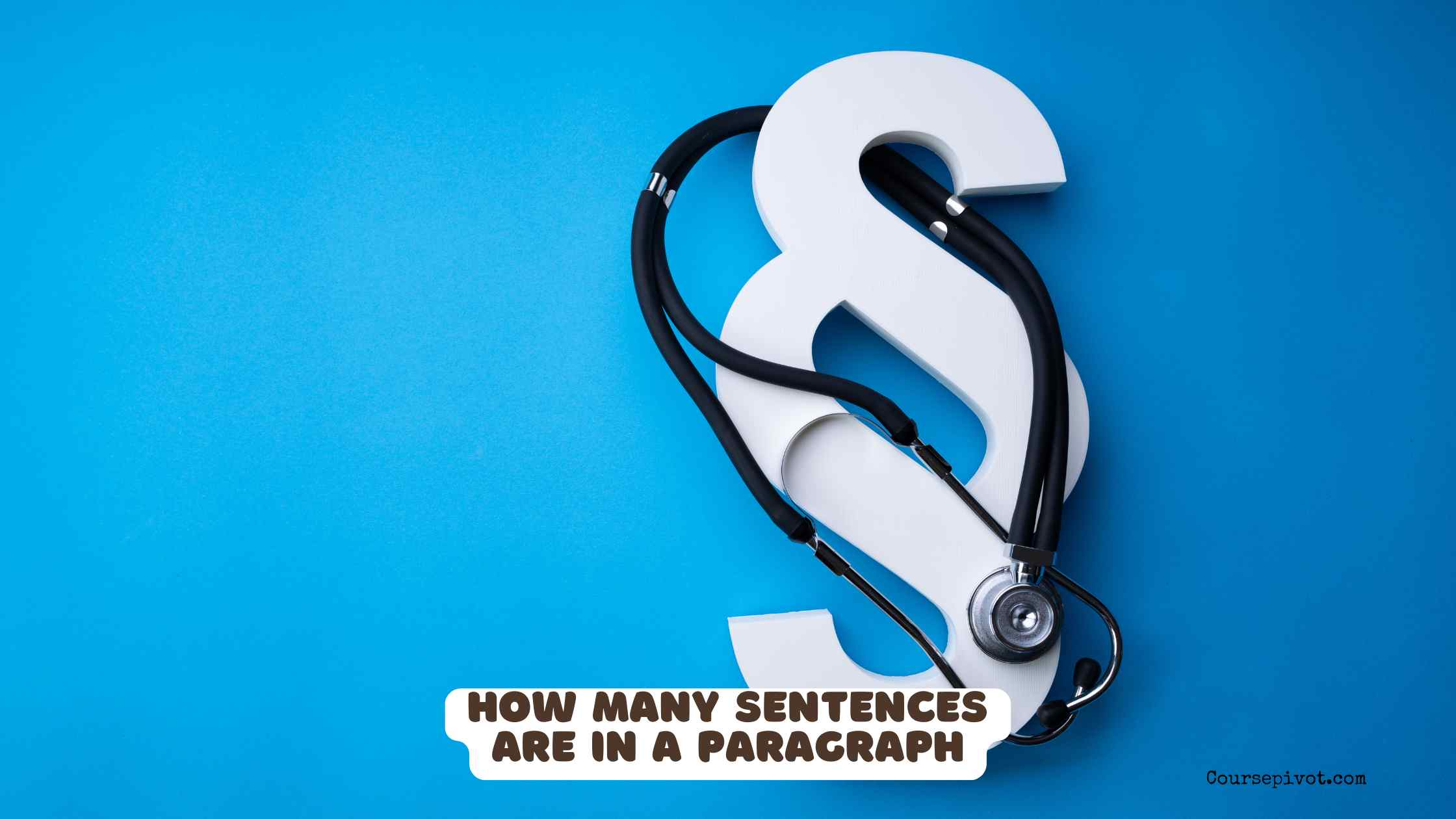
How Many Sentences Are in a Paragraph
Whether you’re writing an essay, a blog post, or a work email, knowing how many sentences are in a paragraph can make your writing clear and engaging. The number of sentences in a paragraph isn’t set in stone—it varies based on purpose, style, and audience. This blog breaks down the typical range, explains why it matters, and offers practical tips to craft effective paragraphs in different contexts.
Table of Contents
The General Answer: A Flexible Range
There’s no universal rule, but a paragraph typically contains 3 to 8 sentences in most writing, such as essays, articles, or fiction. This range balances clarity and depth, keeping readers engaged without overwhelming them. For example, academic essays often lean toward 5–8 sentences to develop an idea, while blog posts might use 3–5 for quick readability.
The exact number depends on the writing’s purpose, audience, and medium. Let’s explore why this range exists and how it applies across scenarios.
Why Sentence Count Varies
Paragraphs group related ideas into a cohesive unit. Too few sentences might leave ideas underdeveloped; too many can bore or confuse readers. The “right” number hinges on:
- Purpose: Are you explaining a complex idea (more sentences) or making a quick point (fewer)?
- Audience: Academic readers expect depth; casual readers prefer brevity.
- Medium: Blogs favor short paragraphs (3–5 sentences); novels might stretch longer (6–8).
- Style: Fiction uses varied lengths for rhythm, while technical writing prioritizes clarity.
For instance, a paragraph in a middle school essay might have 4 sentences to keep it simple, while a college thesis could use 7 to unpack a theory.
Breaking Down Common Contexts
Here’s how sentence counts typically shake out:
- Academic Writing: 5–8 sentences. Essays need to develop a point with evidence and analysis. Example: A paragraph on climate change might include a topic sentence, data, an explanation, and a conclusion (6 sentences).
- Blog Posts or Articles: 3–5 sentences. Online readers skim, so concise paragraphs keep attention. Example: A travel blog might describe a city in 4 punchy sentences.
- Fiction: 3–7 sentences. Varies for pacing—short for action, longer for description. Example: A suspense novel might use 3 sentences for a tense moment.
- Business Emails: 2–5 sentences. Brevity rules in professional settings. Example: A project update might use 3 sentences to summarize progress.
Practical Examples
- Academic Essay: “Climate change accelerates biodiversity loss. Rising temperatures disrupt ecosystems, forcing species to adapt or migrate. Studies show 20% of species face extinction by 2050. Coral reefs, for instance, bleach under warmer oceans. Conservation efforts struggle against rapid change. Policy shifts are urgent to slow this trend.” (6 sentences)
- Blog Post: “Paris is a foodie’s dream. From buttery croissants to rich coq au vin, every corner offers flavor. Try a café in Montmartre for authentic vibes. Just bring an appetite!” (4 sentences)
These show how sentence count shapes tone and clarity based on context.
Why It Matters
Getting the sentence count right keeps your writing effective:
- Readability: Too long (10+ sentences), and readers lose focus; too short (1–2), and ideas feel incomplete.
- Engagement: Online, short paragraphs (3–4 sentences) suit short attention spans.
- Structure: In essays, 5–7 sentences ensure a point is fully developed without rambling.
- Professionalism: In business, concise paragraphs (2–5 sentences) respect busy schedules.
For example, a blog with 10-sentence paragraphs might drive readers away, while a 2-sentence academic paragraph could seem underdeveloped.
Common Questions Answered
- Is there a minimum or maximum? No strict rule, but 1–2 sentences often feel abrupt unless stylistic (e.g., fiction dialogue). Over 8 risks losing readers unless the topic demands depth.
- Does every paragraph need the same number? No—vary lengths for flow. A 3-sentence paragraph can follow a 7-sentence one for rhythm.
- What about one-sentence paragraphs? Fine for emphasis in creative writing (e.g., “She was gone.”) but rare in formal work.
Practical Tips for Crafting Paragraphs
Here’s how to nail how many sentences in a paragraph:
- Aim for 3–8: Start with 5 as a safe bet, adjusting based on purpose.
- Focus on one idea: Each paragraph should cover a single point—count sentences to ensure it’s complete but not bloated.
- Check readability: Read aloud; if it feels too long, split into two paragraphs.
- Adapt to medium: Use 3–5 for blogs, 5–8 for essays, 2–5 for emails.
- Use tools: Apps like Grammarly can flag overly long paragraphs for trimming.
These strategies keep your writing clear and engaging across contexts.
Things to Avoid
Don’t force a fixed number—let the idea dictate length. Avoid one-sentence paragraphs in academic or professional writing unless for impact. Don’t let paragraphs drag past 8 sentences unless absolutely necessary, as readers tune out. Steer clear of mixing multiple ideas in one paragraph; split them for clarity.
Tailoring to Your Writing
Students writing essays should aim for 5–7 sentences to meet academic standards. Bloggers or social media writers should stick to 3–5 for snappy posts. Novelists can play with 3–8 for pacing. Business professionals should lean toward 2–5 for concise emails or reports. Adjust based on your goal and audience for the best impact.
Key Takeaways
The question how many sentences are in a paragraph has no fixed answer, but 3 to 8 sentences is the sweet spot for most writing. Academic work leans toward 5–8, blogs favor 3–5, fiction varies for style, and business keeps it tight at 2–5. By focusing on one idea, matching length to purpose, and adapting to your audience, you can craft paragraphs that shine. Whether you’re penning an essay or a quick post, this range ensures clarity and engagement. What’s your next writing project?
Cite this article
You can copy and paste your preferred citation format below.
Martin, L. & Arquette, E.. (2025, September 30). How Many Sentences Are in a Paragraph. Coursepivot.com. https://coursepivot.com/blog/how-many-sentences-are-in-a-paragraph/



